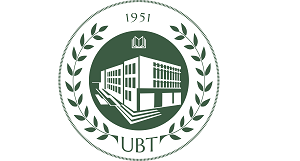NICOLA GALLUZZO1
|
1 Association of Geographic and Economic Studies in Rural Areas (ASGEAR), Via Salaria per L’Aquila, 76 Scala A 02100 Rieti, Italy Abstract As a consequence of the transition from a centralised economy to an open one Romanian farms have completely changed their productive structure even if the vast majority of these enterprises are scattered in small rural villages and the socio-economic unbalances compared to the other European Union nations have been very significant and arising. Pivotal has been the role and function of financial subsidies allocated by the Common Agricultural Policy in reducing the socio-economic marginalization of rural territories before the EU enlargement and after the accession of Romania to the European Union. The main purpose of this research was to asses by a quantitative approach the relationships among the financial subsidies allocated by the European Union Common Agricultural Policy and the socio-economic development in Romania in two different years: 2011 and 2016. The methodology has used the PLS-SEM. This modeling has been fundamental in assessing the main cause-effect relationships in a model able to estimate the rural development. Findings have corroborated the positive role of financial subsidies allocated by the Common Agricultural Policy in mitigating the socio-economic unbalances in Romania and in particular research outcomes have strengthened a positive and modest role of agritourism in reducing the socio-economic marginalization in rural areas. By contrast, pivotal has been the efficient use of financial subsidies and supports allocated by the EU towards Romanian rural territories. Keywords: rural depopulation, agritourism, Common Agricultural Policy, second pillar. |
